- 1linux性能工具--ftrace基础篇_linux trace函数
- 22.1 在Windows系统下载、安装、配置搭建Python开发环境——《跟老吕学Python》_redhat linux下python3.12.4开发环境配置
- 3Tomcat安全加固
- 4谷歌翻译国内使用_谷歌翻译镜像
- 5HTTP 请求中的 Content-Type 类型详解_content-type json
- 6飞凌嵌入式 gstreamer播放rtsp_嵌入式板卡gstreamer 可以播放网络上的视频吗
- 7LabView连接Access_labview连接access数据库
- 8[论文笔记] pai-megatron-patch Qwen2-72B/7B/1.5B 长文本探路
- 9Go语言:UUID 的生成与解析_uuid.newv4()
- 10开源项目介绍 |TKEStack-开源容器服务平台
Java实现数据结构(前置)
赞
踩
目录
一、集合框架
Java 会把一些数据结构封装起来

这张图描述了 Java 中类与类 类与接口之间的关系
注: 仅描述部分重要的常见类
1.1 集合框架的重要性
1.3 容器背后对应的数据结构
1.4 相关 Java 知识
1. 泛型 Generic
二、算法
2.1 如何衡量一个算法的好坏
2.2 时间复杂度
2.2.1 时间复杂度的概念
- void func1(int N){
- int count = 0;
- for (int i = 0; i < N ; i++) {
- for (int j = 0; j < N ; j++) {
- count++;
- }
- }
- for (int k = 0; k < 2 * N ; k++) {
- count++;
- }
- int M = 10;
- while ((M--) > 0) {
- count++;
- }
- System.out.println(count);
- }

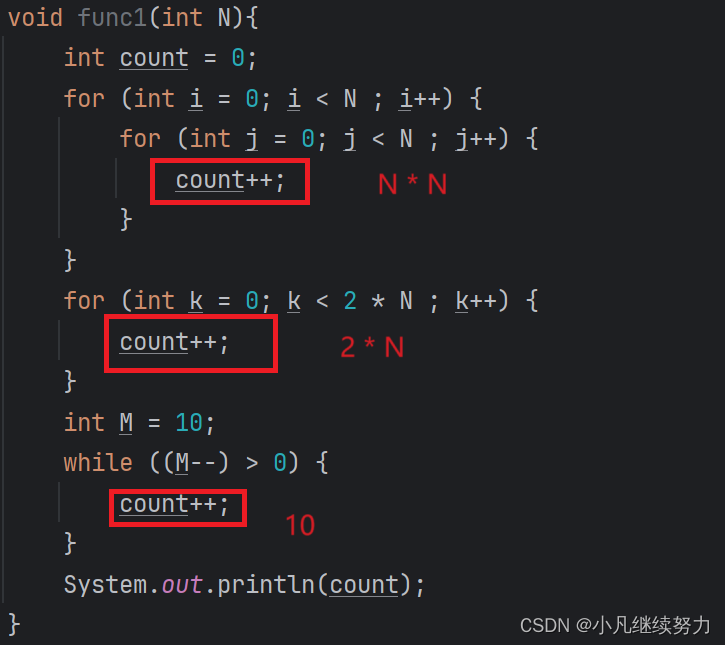
用函数来表示就是
F(N) = N^2 + 2 * N + 10
当N越来越大时,有些项是可以删掉的
2.2.3 推导大O阶方法
使用大O的渐进表示法以后,Func1的时间复杂度为:
O(N^2)
- void func3(int N, int M) {
- int count = 0;
- for (int k = 0; k < M; k++) {
- count++;
- }
- for (int k = 0; k < N ; k++) {
- count++;
- }
- System.out.println(count);
- }

O(M+N)
- void func4(int N) {
- int count = 0;
- for (int k = 0; k < 100; k++) {
- count++;
- }
- System.out.println(count);
- }
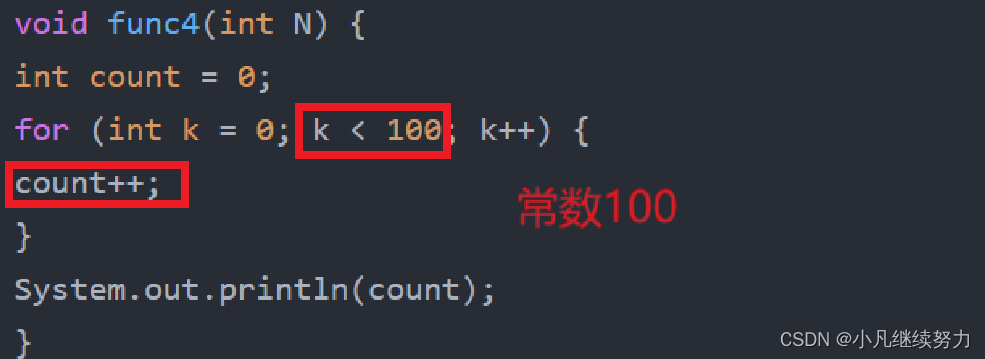
O(1)
- void bubbleSort(int[] array) {
- for (int end = array.length; end > 0; end--) {
- boolean sorted = true;
- for (int i = 1; i < end; i++) {
- if (array[i - 1] > array[i]) {
- Swap(array, i - 1, i);
- sorted = false;
- }
- }
- if (sorted == true) {
- break;
- }
- }
- }
需要注意的是
在计算代码的时间复杂度的时候,不只是看代码
还要结合代码的思想
在冒泡排序中

这里是基本操作
冒泡排序的思想是每一趟会少比较一次
那这个基本操作执行的次数就是
(n - 1) + (n - 2) + ……+ 1
倒着写就是
1 + 2 +…… +(n - 1)
那么这其实就是一个等差数列
和就是
(n^2 - n) / 2
大O阶
O(N^2)
- int binarySearch(int[] array, int value) {
- int begin = 0;
- int end = array.length - 1;
- while (begin <= end) {
- int mid = begin + ((end-begin) / 2);
- if (array[mid] < value)
- begin = mid + 1;
- else if (array[mid] > value)
- end = mid - 1;
- else
- return mid;
- }
- return -1;
- }
对于二分查找来说
每进行一次比较就排除了一半的数据
最坏的情况就是最后一个才被找到

即 n = 1 时是最坏的情况
n / x = 1
那么执行的次数就等于
大O阶
O()
- long factorial(int N) {
- return N < 2 ? N : factorial(N-1) * N;
- }
一般情况下:
递归的时间复杂度 = 递归的次数 * 每次递归后的执行次数
对于这个递归函数,只需要知道他的递归次数就行了
这里递归的条件是 N < 2
那么易得出
递归次数为
N - 1
大O阶
O(N)
- int fibonacci(int N) {
- return N < 2 ? N : fibonacci(N-1)+fibonacci(N-2);
- }
对于这个递归函数来说
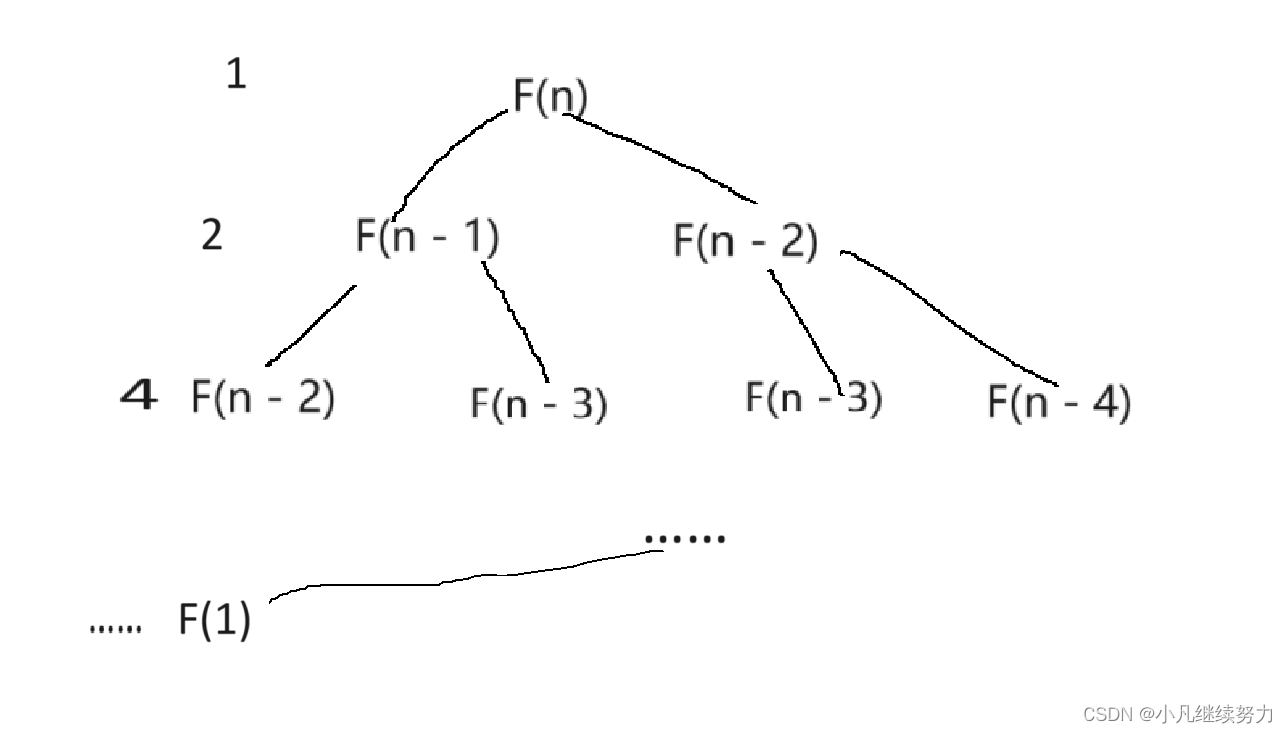
执行次数是1 + 2 + 4 +…… +
即等比数列求和
- 1
大O阶
O()
2.3 空间复杂度
- void bubbleSort(int[] array) {
- for (int end = array.length; end > 0; end--) {
- boolean sorted = true;
- for (int i = 1; i < end; i++) {
- if (array[i - 1] > array[i]) {
- Swap(array, i - 1, i);
- sorted = false;
- }
- }
- if (sorted == true) {
- break;
- }
- }
- }

使用了常数个额外空间,所以空间复杂度为 O(1)
- int[] fibonacci(int n) {
- int[] fibArray = new int[n + 1];
- fibArray[0] = 0;
- fibArray[1] = 1;
- for (int i = 2; i <= n ; i++) {
- fibArray[i] = fibArray[i - 1] + fibArray [i - 2];
- }
- return fibArray;
- }
开辟了N个空间
空间复杂度为
O(N)
- long factorial(int N) {
- return N < 2 ? N : factorial(N-1)*N;
- }
每一次递归都会在栈上开辟一块儿空间
那么空间复杂度为
O(N)
三、泛型初步
3.1 包装类
3.1.1 基本数据类型和对应的包装类
| 基本数据类型 | 包装类 |
| byte | Byte |
| short | Short |
| int | Integer |
| long | Long |
| float | Float |
| double | Double |
| char | Character |
| boolean | Boolean |
3.1.2 装箱与拆箱
将基本类型数据转变为包装类型叫做装箱
- public static void main(String[] args) {
- int i = 1;
- Integer a = i;
-
- Integer b = 2;
- }

可以看到汇编中调用了方法 Integer.valueOf
将包装类型转变为基本类型叫拆箱
- public static void main(String[] args) {
- Integer a = 1;
- int i = a;
- }
3.1.3 自动装箱与自动拆箱
上述两代码被称为自动装箱与自动拆箱
有自动就会有手动


- public static void main(String[] args) {
- int i = 1;
- Integer a = Integer.valueOf(i);
- System.out.println(a);
-
- Integer b = 2;
- int j = b.intValue();
- System.out.println(j);
- }

这里有一串代码
- public static void main(String[] args) {
- Integer a = 100;
- Integer b = 100;
- System.out.println(a == b);
-
- Integer c = 200;
- Integer d = 200;
- System.out.println(c == d);
- }
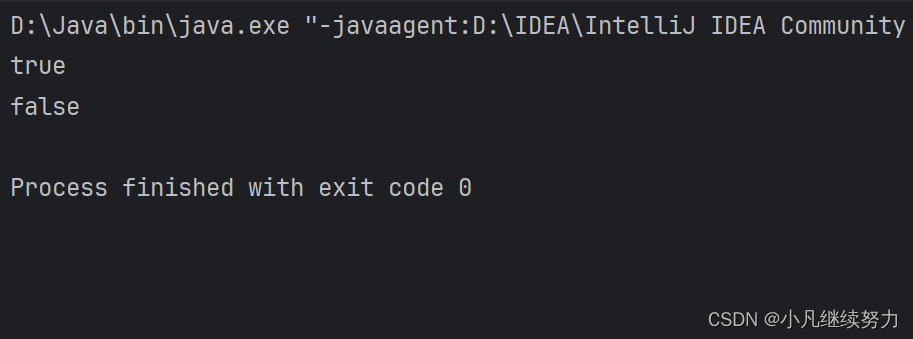

问题是出在这里
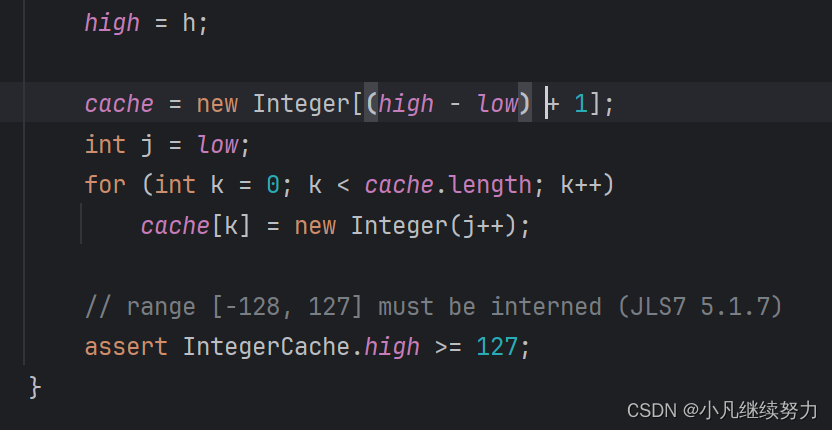
也就是说
小于等于127
大于等于-128的值会被放在 cache 这个数组中

而超出这个范围

将会重新创建一个对象
这说明
包装类对象在进行 == 判断时是比较的地址
创建出来的两个新的对象地址肯定不同
3.2 什么是泛型
3.2.1 实际应用
- class MyArray{
- Object[] array = new Object[10];
-
- public void setArray(int pos,Object val){
- this.array[pos] = val;
- }
- public Object getVal(int pos){
- return this.array[pos];
- }
- }
乍一看这么写好像没问题
- public class Test3 {
- public static void main(String[] args) {
- MyArray myArray = new MyArray();
- myArray.setArray(0,1);
- myArray.setArray(1,"hello");
- String str = myArray.getVal(1);
- }
- }
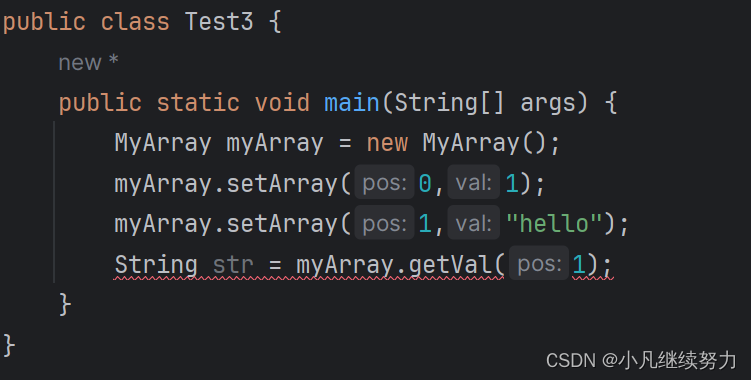
这里还需要强转
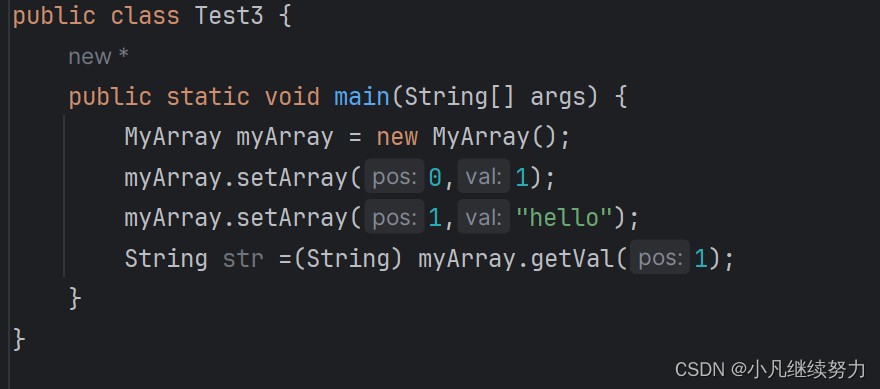
这样虽然说实现了需要的功能
但是很乱,而且在取数据的时候还得观察对应的数据是啥进行强转
那是否可以在实例化对象就指定数组中放什么类型的数据
这样在取的时候就不用判断了
Java 中引入了泛型
3.2.1.1 语法
- class 泛型类名称<类型形参列表> {
- // 这里可以使用类型参数
- }
- class 泛型类名称<类型形参列表> extends 继承类/* 这里可以使用类型参数 */ {
- // 这里可以使用类型参数
- }
- class ClassName<T1, T2, ..., Tn> extends ParentClass<T1> {
- // 可以只使用部分类型参数
- }
上述代码可以这样改
- class MyArray<T>{
- Object[] array = new Object[10];
-
- public void setArray(int pos,T val){
- this.array[pos] = val;
- }
- public T getVal(int pos){
- return (T)this.array[pos];//把返回的类强转为指定的类
- }
- }
- public static void main(String[] args) {
- MyArray<Integer> myArray = new MyArray<>();
- myArray.setArray(0,1);
- myArray.setArray(1,2);
- int num1 = myArray.getVal(0);
- int num2 = myArray.getVal(1);
- System.out.println(num1);
- System.out.println(num2);
-
- MyArray<String> myArray1 = new MyArray<>();
- myArray1.setArray(0,"hello");
- myArray1.setArray(1,"world");
- String str1 = myArray1.getVal(0);
- String str2 = myArray1.getVal(1);
- System.out.println(str1);
- System.out.println(str2);
- }

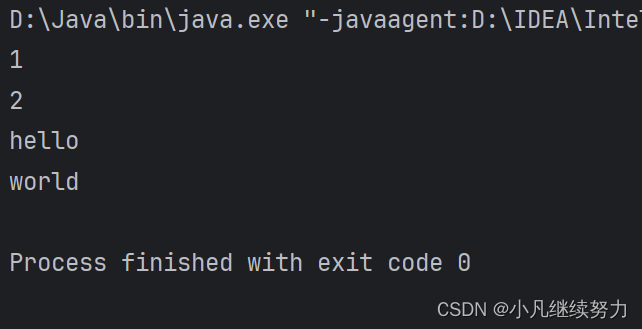
四、 泛型类
4.1 语法
- 泛型类<类型实参> 变量名; // 定义一个泛型类引用
- new 泛型类<类型实参>(构造方法实参); // 实例化一个泛型类对象
注意:泛型只能接受类,所有的基本数据类型必须使用包装类!

不能直接 new 一个泛型的数组

如果非要 new 一个泛型数组
可以这样写
public T[] arr =(T[]) new Object[10];但这样写其实只是骗过编译器
给一个方法就可以测试出
- public T[] getArr() {
- return arr;
- }
- public static void main(String[] args) {
- MyArray<Integer> myArray1 = new MyArray<>();
- Integer[] integers = (Integer[]) myArray1.getArr();
- }
4.2 泛型类的类型推导
MyArray<Integer> list = new MyArray<>(); // 可以推导出实例化需要的类型实参为 Integer五、泛型是如何编译的
5.1 擦除机制
T[] array = new T[10];是不对的,编译的时候,替换为Object ,不是相当于:
Object[] array = new Object[10];
回到上文中的例子
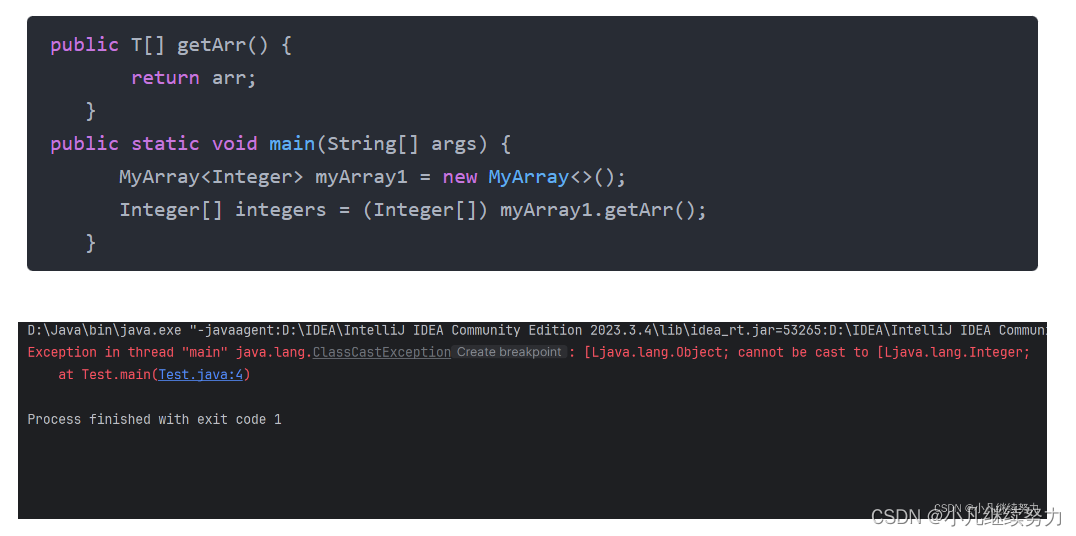
六、泛型的上界
6.1 语法
- class 泛型类名称<类型形参 extends 类型边界> {
- ...
- }
6.2 示例
- class MyArray<T extends Number>{
- Object[] array = new Object[10];
-
- public void setArray(int pos,T val){
- this.array[pos] = val;
- }
- public T getVal(int pos){
- return (T)this.array[pos];//把返回的类强转为指定的类
- }
- }
表示指定的类是 Number 类或 Number 类的子类

6.3 复杂示例
要求写一个泛型类,求一个数组的最大值
- public class Alg<T> {
- public T FindMaxVal(T[] arr) {
- T max = arr[0];
- for (int i = 1; i < arr.length; i++) {
- if (arr[i] > max) {
- max = arr[i];
- }
- }
- return max;
- }
- }
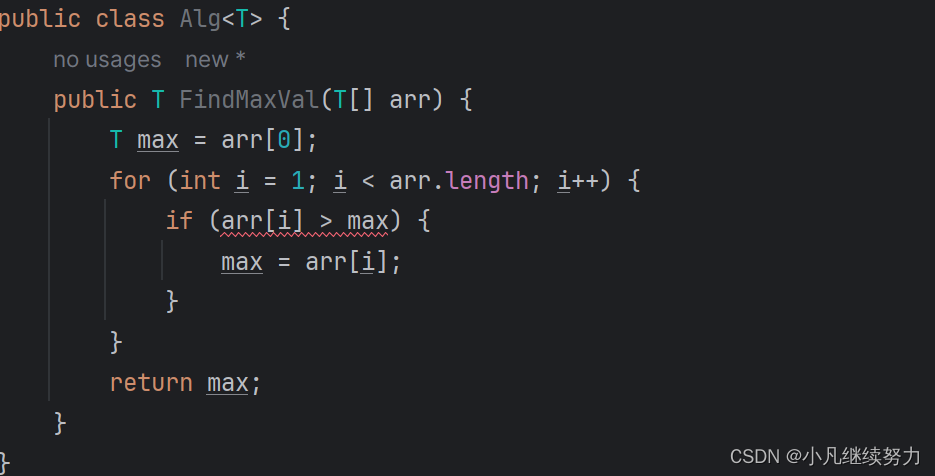
T 一定是引用数据类型,最终被擦除为了 Object 类型
而 Object 类型是没有是有 Comparable 接口的
不能进行比较,所以这里报错了
那在这里就需要将 T 约束实现了 Comparable 接口的
- public class Alg<T extends Comparable<T>> {
- public T FindMaxVal(T[] arr) {
- T max = arr[0];
- for (int i = 1; i < arr.length; i++) {
- if (arr[i] > max) {
- max = arr[i];
- }
- }
- return max;
- }
- }
这里就表述传入的类型 T 一定是实现了 Comparable 接口的
那么实现了 Comparable 接口
就一定可以使用 CompareTo 方法
- public class Alg<T extends Comparable<T>> {
- public T FindMaxVal(T[] arr) {
- T max = arr[0];
- for (int i = 1; i < arr.length; i++) {
- if (max.compareTo(arr[i]) < 0) {
- max = arr[i];
- }
- }
- return max;
- }
- }
这样就可以了
- public class Main {
- public static void main(String[] args) {
- Alg<Integer> alg = new Alg<>();
- Integer[] integers = {1,2,3,4,5};
- System.out.println(alg.FindMaxVal(integers));
- }
- }
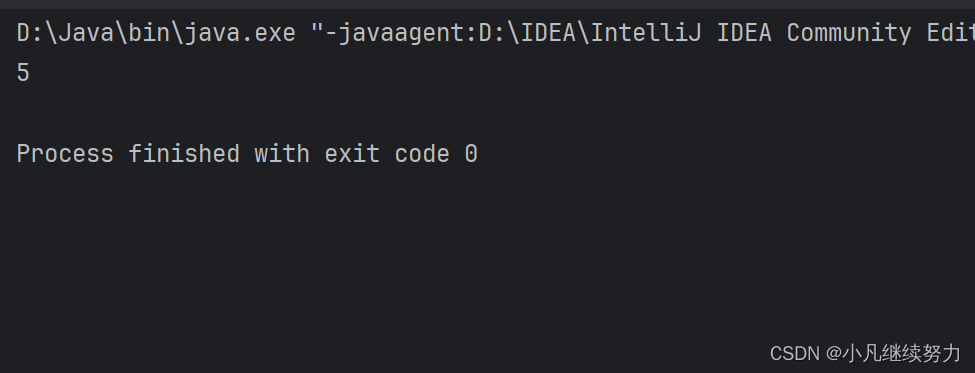
测试出来也是可以
也可以检测出没有实现 Comparable 接口的类
- public class Person {
- public int age;
-
- public Person(int age) {
- this.age = age;
- }
- }
- public static void main(String[] args) {
-
- Person[] people = new Person[]{new Person(1), new Person(2), new Person(3)};
- Alg<Person> alg1 = new Alg<Person>();
- }

6.4 泛型方法
方法限定符 <类型形参列表> 返回值类型 方法名称(形参列表) { ... }上述是将指定类型放在类上
也可以将指定类型放在方法上
- public class Alg{
- public <T extends Comparable<T>> T FindMaxVal(T[] arr) {
- T max = arr[0];
- for (int i = 1; i < arr.length; i++) {
- if (max.compareTo(arr[i]) < 0) {
- max = arr[i];
- }
- }
- return max;
- }
- }
- public static void main(String[] args) {
- Alg alg = new Alg();
- Integer[] integers = {1, 2, 3, 4, 5};
- System.out.println(alg.FindMaxVal(integers));
- System.out.println(alg.<Integer>FindMaxVal(integers));
- }
在实例化出来的 alg 调用 FindMaxVal 方法时
可以手动指定
也可以让编译器自己进行类型推导
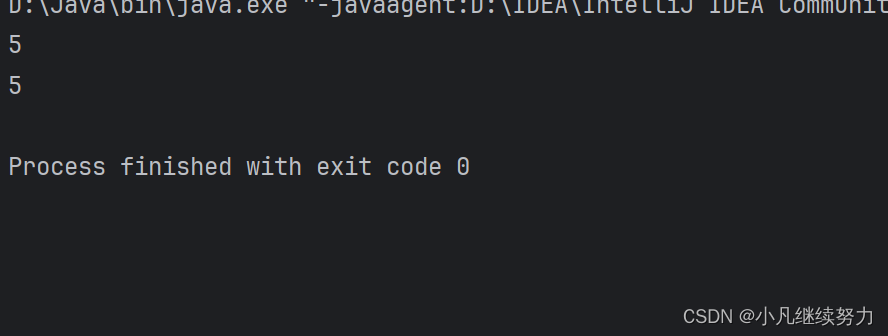
如果不想实例化对象
可以将他写成一个静态方法
- public static <T extends Comparable<T>> T FindMaxVal(T[] arr) {
- T max = arr[0];
- for (int i = 1; i < arr.length; i++) {
- if (max.compareTo(arr[i]) < 0) {
- max = arr[i];
- }
- }
- return max;
- }
- public static void main(String[] args) {
- Integer[] integers = {1, 2, 3, 4, 5};
- System.out.println(Alg.FindMaxVal(integers));
- System.out.println(Alg.<Integer>FindMaxVal(integers));
- }
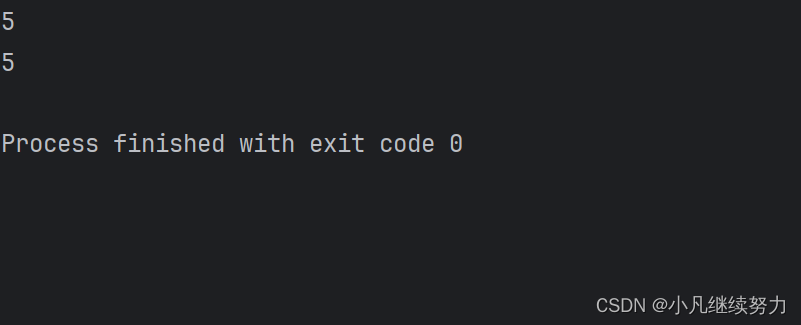
本文只是简述
谢谢观看






